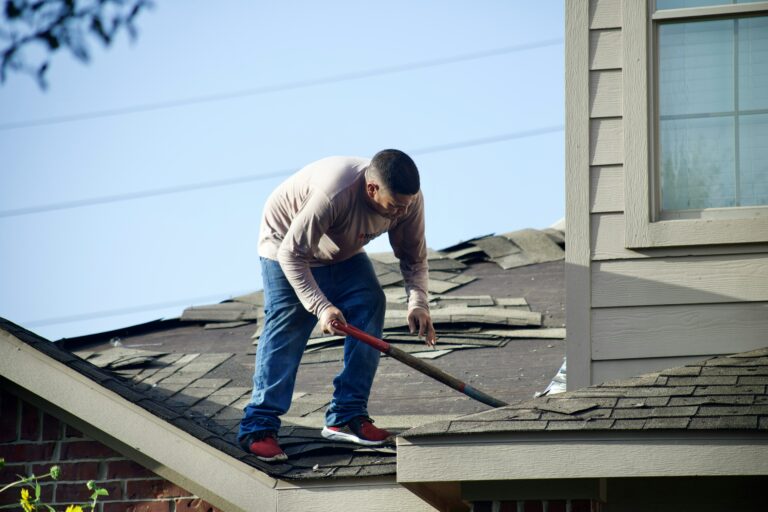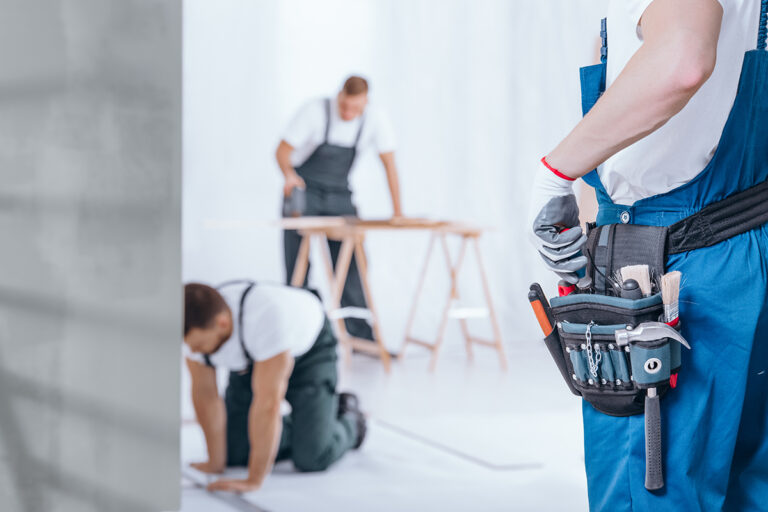Maintaining an efficient HVAC (Heating, Ventilation, and Air Conditioning) system is essential for homeowners to ensure a comfortable indoor environment and optimize energy consumption. Regular maintenance extends the system’s lifespan, prevents unexpected breakdowns, and reduces energy costs. This comprehensive guide will explore cost-effective HVAC maintenance tips that will help you keep your system running smoothly and efficiently.
Why HVAC Maintenance Matters
The average household spends a significant portion of its energy bills on heating and cooling costs. Neglecting HVAC maintenance can lead to system inefficiencies, increased energy consumption, and potential system failures. By implementing regular maintenance practices, you can save money, increase the lifespan of your HVAC system, and enjoy a comfortable home environment.
Cost-Effective HVAC Maintenance for Optimal Performance
The HVAC system transfers heat between your home and the outside environment, which involves air movements. As the air moves, dust, dirt, and allergens accumulate in filters, coils, and ducts over time. The accumulation of these particles reduces the airflow, making the system work harder to maintain the desired temperature.
Working harder means more energy consumption and a punitive electricity bill. Here are four cost-effective HVAC maintenance tips for optimal performance.
Clean the Air Vents and Ducts
Ducts act as the highways for conditioned air. They connect the central HVAC unit to individual rooms. They transport heated air in winter and cooled air in summer from the central unit to the vents in each room.
Vents are the outlets where conditioned air enters and exits rooms. They’re what you see in walls, ceilings, and floors. You can imagine air ducts as the circulatory system and air vents as the lungs in your home. Over time, dust, dirt, pet dander, and airborne particles accumulate inside the ducts and vents, restricting airflow. Rodents, birds, and insects can also find their way into ducts. They turn them into homes and build nests. Blocking the vents can create significant blockages.
The central unit acts as the heart, pumping conditioned air through the ducts. When they are blocked, the system pumps harder. This results in more energy consumption and a shorter system lifespan. As a preventive measure, cleaning the air ducts and vents using the following steps is advisable.
● Turn off the HVAC system and the furnace
● Cover the vents where air blows out into your rooms
● Remove the vent covers and clean them using soap and water
● Use compressed air to dislodge the stubborn dust and debris accumulation
● Insert the vacuum hose and vacuum the loosed dirt
● Wipe the accessible parts of the ducts with a microfiber cloth
● Clean the blower compartment and return the air boot
● Return the vent covers and filters
Use the Optimal Thermostat Settings
The thermostat acts as the brain that switches the temperature control. It compares the current temperature to your pre-set desired temperature. When the room temperature falls below your desired setting, the thermostat signals the furnace to turn on and heat the air. When the room temperature rises above your desired setting, the thermostat signals the air conditioner to turn on and start cooling the air. Significant fluctuations in temperature mean the system has to work harder to regain the desired levels. The best thing is to set your thermostat at consistent levels. This reduces the strain, improving efficiency.
Replace the Air Filter On Time
Have you ever wondered why the HVAC system doesn’t bring dust into your house, even if it’s pumping dusty air from the outside? The HVAC system has an air filter that helps trap dust, pollen, pet dander, and contaminants before they enter and circulate. Over time, the debris accumulates in the air filter and blocks airflow. This creates the same effect as when having blocked vents and ducts. The system will work harder, and the energy consumption will increase. Consider regular filter replacement in one to three months, depending on how dusty the environment is.
Consider Seasonal Maintenance
HVAC is a complex system; only some fixes can be a DIY project. For instance, you might need help addressing issues with refrigerant levels and lubrication of the moving parts. Schedule regular professional inspections as preventive measures to save yourself from costly repairs. Some of the things the technician will do include:
● Electrical system checkup: The professionals will inspect the controls, capacitors, and wiring and tighten electrical connections. They will address things that result in breakdowns or energy inefficiency.
● Lubrication: HVAC has many moving parts. These parts are subject to wear and tear, and the lubricant is drying out. The technician will inspect the moving parts, recommend repairs where necessary, and add lubricants.
● Calibration: Over time, dirt and debris might interfere with the sensors. This affects the system data and its ability to operate efficiently. The technician can help you with the proper calibrations for your system.
● Refrigerant levels: Technicians know the proper refrigerant levels for your system. They can help determine whether there is a leak.
Schedule A HVAC Maintenance with a Pocket Pro Today
HVAC is one of the most critical and expensive features in your home. The repairs can be costly in case of a breakdown. The best solution is to use preventive measures. At getpocket.app, HVAC contractors and service professionals undergo rigorous screening and background checks. We’ll help you get the right specialist for your maintenance needs. Simply create a ticket, describe the issue with your HVAC system, and submit it.


